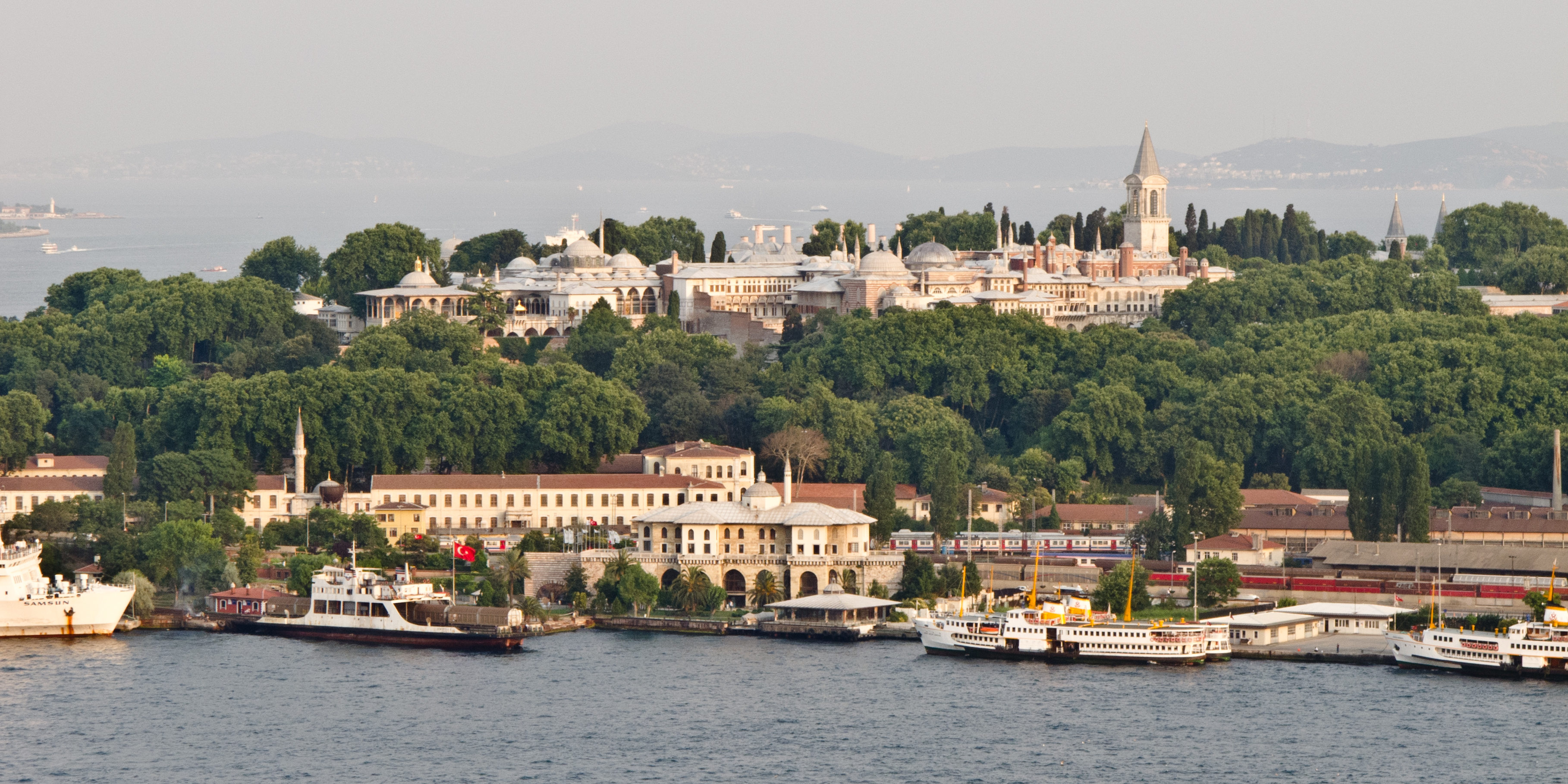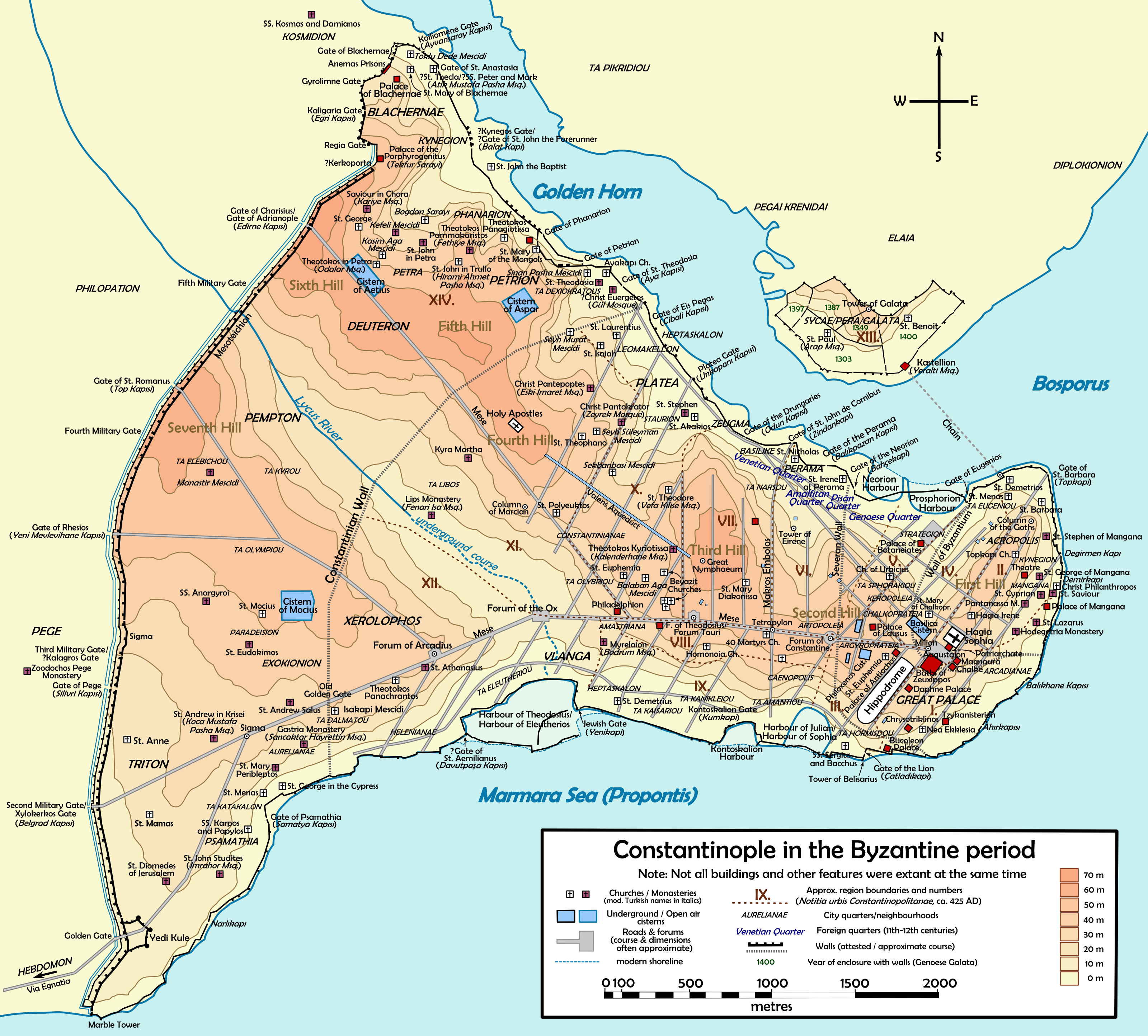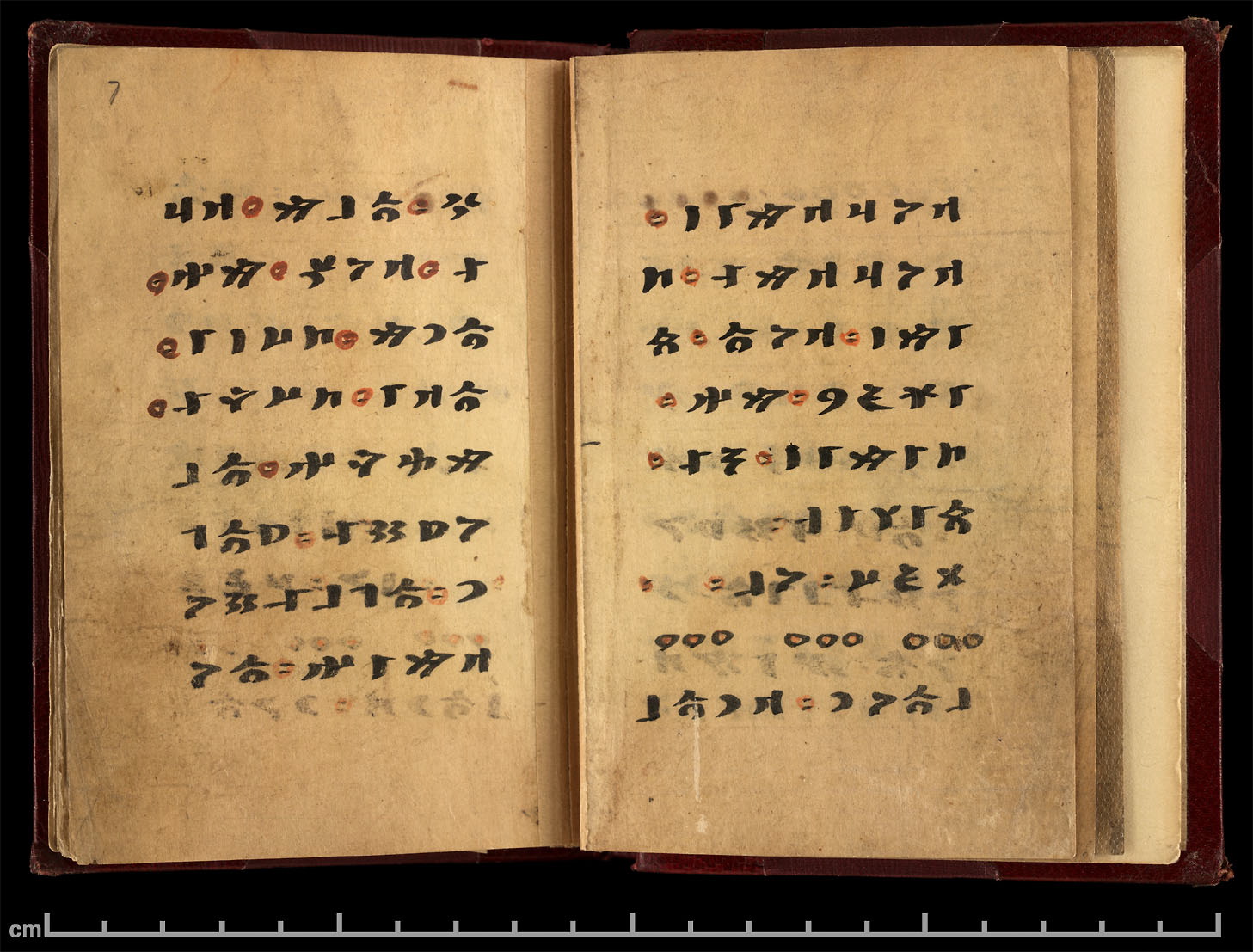|
Cantemir Palace In Istanbul
The Palace of Dimitrie Cantemir (Romanian: ''Palatul lui Dimitrie Cantemir''; Turkish: ''Dimitri Kantemir Saray'') was a palace owned by the Prince of Moldavia Dimitrie Cantemir in Istanbul, located on the grounds of the present-day Ortaköy Mosque. History The structure, located along the pier that nowadays hosts the Ortaköy Mosque, was bought by Cantemir sometimes immediately after 1683 (the Battle of Vienna) from a brother of the Grand Vizier, and expanded in 1690-1691 and 1693–1694. A depiction of the palace made by Cantemir himself is found in Nicolas Tindal's translation of his work '' History of the Growth and Decay of the Ottoman Empire''. See also * Bogdan Saray * Ottoman architecture Ottoman architecture is the architectural style that developed under the Ottoman Empire. It first emerged in northwestern Anatolia in the late 13th century and developed from earlier Seljuk Turkish architecture, with influences from Byzantine a ... Literature * Liviu Brătulea ... [...More Info...] [...Related Items...] OR: [Wikipedia] [Google] [Baidu] |
Istanbul
Istanbul ( , ; tr, İstanbul ), formerly known as Constantinople ( grc-gre, Κωνσταντινούπολις; la, Constantinopolis), is the List of largest cities and towns in Turkey, largest city in Turkey, serving as the country's economic, cultural and historic hub. The city straddles the Bosporus strait, lying in both Europe and Asia, and has a population of over 15 million residents, comprising 19% of the population of Turkey. Istanbul is the list of European cities by population within city limits, most populous European city, and the world's List of largest cities, 15th-largest city. The city was founded as Byzantium ( grc-gre, Βυζάντιον, ) in the 7th century BCE by Ancient Greece, Greek settlers from Megara. In 330 CE, the Roman emperor Constantine the Great made it his imperial capital, renaming it first as New Rome ( grc-gre, Νέα Ῥώμη, ; la, Nova Roma) and then as Constantinople () after himself. The city grew in size and influence, eventually becom ... [...More Info...] [...Related Items...] OR: [Wikipedia] [Google] [Baidu] |
Grand Vizier
Grand vizier ( fa, وزيرِ اعظم, vazîr-i aʾzam; ota, صدر اعظم, sadr-ı aʾzam; tr, sadrazam) was the title of the effective head of government of many sovereign states in the Islamic world. The office of Grand Vizier was first held by officials in the later Abbasid Caliphate. It was then held in the Ottoman Empire, the Mughal Empire, the Sokoto Caliphate the Safavid Empire and Morocco. In the Ottoman Empire, the Grand Vizier held the imperial seal and could convene all other viziers to attend to affairs of the state; the viziers in conference were called "''Kubbealtı'' viziers" in reference to their meeting place, the ''Kubbealtı'' ('under the dome') in Topkapı Palace. His offices were located at the Sublime Porte. Today, the Prime Minister of Pakistan is referred to in Urdu as ''Wazir-e-azam'', which translates literally to Grand Vizier. Initially, the Grand Viziers were exclusively of Turk origin in the Ottoman Empire. However, after there were troubles b ... [...More Info...] [...Related Items...] OR: [Wikipedia] [Google] [Baidu] |
History Of Moldavia (1504–1711)
Moldavia ( ro, Moldova, or , literally "The Country of Moldavia"; in Romanian Cyrillic: or ; chu, Землѧ Молдавскаѧ; el, Ἡγεμονία τῆς Μολδαβίας) is a historical region and former principality in Central and Eastern Europe, corresponding to the territory between the Eastern Carpathians and the Dniester River. An initially independent and later autonomous state, it existed from the 14th century to 1859, when it united with Wallachia () as the basis of the modern Romanian state; at various times, Moldavia included the regions of Bessarabia (with the Budjak), all of Bukovina and Hertsa. The region of Pokuttya was also part of it for a period of time. The western half of Moldavia is now part of Romania, the eastern side belongs to the Republic of Moldova, and the northern and southeastern parts are territories of Ukraine. Name and etymology The original and short-lived reference to the region was ''Bogdania'', after Bogdan I, the found ... [...More Info...] [...Related Items...] OR: [Wikipedia] [Google] [Baidu] |
Bosphorus
The Bosporus Strait (; grc, Βόσπορος ; tr, İstanbul Boğazı 'Istanbul strait', colloquially ''Boğaz'') or Bosphorus Strait is a natural strait and an internationally significant waterway located in Istanbul in northwestern Turkey. It forms part of the continental boundary between Asia and Europe, and divides Turkey by separating Anatolia from Thrace. It is the world's narrowest strait used for international navigation. Most of the shores of the Bosporus Strait, except for the area to the north, are heavily settled, with the city of Istanbul's metropolitan population of 17 million inhabitants extending inland from both banks. The Bosporus Strait and the Dardanelles Strait at the opposite end of the Sea of Marmara are together known as the Turkish Straits. Sections of the shore of the Bosporus in Istanbul have been reinforced with concrete or rubble and those sections of the Strait prone to deposition are periodically dredged. Name The name of the ... [...More Info...] [...Related Items...] OR: [Wikipedia] [Google] [Baidu] |
Ottoman Palaces In Istanbul ...
This is a list of palaces commissioned by the Ottoman dynasty in İstanbul, Turkey. Some of these buildings are summer houses or mansions. See also *Ottoman architecture * List of palaces *Palace *Pavilion Footnotes Notes {{Reflist, group=n, 1 Imperial residences in Turkey Lists of buildings and structures in Turkey Palaces A palace is a grand residence, especially a royal residence, or the home of a head of state or some other high-ranking dignitary, such as a bishop or archbishop. The word is derived from the Latin name palātium, for Palatine Hill in Rome which ... [...More Info...] [...Related Items...] OR: [Wikipedia] [Google] [Baidu] |
Bogdan Saray
''Boğdan Sarayi'' (Turkish for "Palace of Bogdania (Moldavia)") was an Eastern Orthodox church in Turkey's largest city, Istanbul. Erected in the Byzantine era, its original dedication is unknown. In the Ottoman era the small edifice, being dedicated to St. Nicholas of Myra, was known as ''Agios Nikólaos tou Bogdansarághi'' ( gr, Ἅγιος Νικόλαος τοῦ Βογδανσαράγι).Janin (1953), p. 384Müller-Wiener (1977), p. 108. and was part of the Istanbul residence of the Moldavian ''hospodar''′s legation to the Ottoman Porte. The building – whose parts above ground have almost completely disappeared – is a minor example of Byzantine architecture in Constantinople. Location The remains of the church lie in Istanbul, in the district of Fatih, in the neighborhood ( tr, Mahalle) of Salmatomruk, not far from Edirnekapı (the ancient Gate of Charisius), 250 m. east of the museum of Chora and 100 m north of the Kefeli Mosque, both former Byzantine religious bu ... [...More Info...] [...Related Items...] OR: [Wikipedia] [Google] [Baidu] |
History Of The Growth And Decay Of The Ottoman Empire
History (derived ) is the systematic study and the documentation of the human activity. The time period of event before the invention of writing systems is considered prehistory. "History" is an umbrella term comprising past events as well as the memory, discovery, collection, organization, presentation, and interpretation of these events. Historians seek knowledge of the past using historical sources such as written documents, oral accounts, art and material artifacts, and ecological markers. History is not complete and still has debatable mysteries. History is also an academic discipline which uses narrative to describe, examine, question, and analyze past events, and investigate their patterns of cause and effect. Historians often debate which narrative best explains an event, as well as the significance of different causes and effects. Historians also debate the nature of history as an end in itself, as well as its usefulness to give perspective on the problems of the p ... [...More Info...] [...Related Items...] OR: [Wikipedia] [Google] [Baidu] |
Nicolas Tindal
Nicolas Tindal (1687 – 27 June 1774) was the translator and continuer of the ''History of England'' by Paul de Rapin. Very few comprehensive histories existed at the time and Tindal wrote a three-volum'Continuation' a history of the Kingdom from the reigns of James II of England, James II to George II of Great Britain, George II. Tindal was Rector of Alverstoke in Hampshire, Vicar of Great Waltham, Essex, Chaplain of Greenwich Hospital (London), Greenwich Hospital and a Fellow of Trinity College, Oxford. Background Tindal's father, John Tindal, the Rector of Cornwood, Devon and Vicar of St Ives, Cornwall, was the brother of Matthew Tindal, the eminent Deism, deist and author of 'Christianity as Old as the Creation'. A near relation of Thomas Clifford, 1st Baron Clifford of Chudleigh, Thomas, 1st Lord Clifford, Lord High Treasurer of Charles II of England, Charles II, the Tyndall, Tindal family were derived from Baron Adam de Tindale, a tenant in chief of Henry II of England ... [...More Info...] [...Related Items...] OR: [Wikipedia] [Google] [Baidu] |
Battle Of Vienna
The Battle of Vienna; pl, odsiecz wiedeńska, lit=Relief of Vienna or ''bitwa pod Wiedniem''; ota, Beç Ḳalʿası Muḥāṣarası, lit=siege of Beç; tr, İkinci Viyana Kuşatması, lit=second siege of Vienna took place at Kahlenberg Mountain near Vienna on 1683 after the imperial city had been besieged by the Ottoman Empire for two months. The battle was fought by the Holy Roman Empire (led by the Habsburg monarchy and the Polish–Lithuanian Commonwealth, both under the command of King John III Sobieski) against the Ottomans and their vassal and tributary states. The battle marked the first time the Commonwealth and the Holy Roman Empire had cooperated militarily against the Ottomans, and it is often seen as a turning point in history, after which "the Ottoman Turks ceased to be a menace to the Christian world". In the ensuing war that lasted until 1699, the Ottomans lost almost all of Hungary to the Holy Roman Emperor Leopold I. The battle was won by the combine ... [...More Info...] [...Related Items...] OR: [Wikipedia] [Google] [Baidu] |
Turkey
Turkey ( tr, Türkiye ), officially the Republic of Türkiye ( tr, Türkiye Cumhuriyeti, links=no ), is a list of transcontinental countries, transcontinental country located mainly on the Anatolia, Anatolian Peninsula in Western Asia, with a East Thrace, small portion on the Balkans, Balkan Peninsula in Southeast Europe. It shares borders with the Black Sea to the north; Georgia (country), Georgia to the northeast; Armenia, Azerbaijan, and Iran to the east; Iraq to the southeast; Syria and the Mediterranean Sea to the south; the Aegean Sea to the west; and Greece and Bulgaria to the northwest. Cyprus is located off the south coast. Turkish people, Turks form the vast majority of the nation's population and Kurds are the largest minority. Ankara is Turkey's capital, while Istanbul is its list of largest cities and towns in Turkey, largest city and financial centre. One of the world's earliest permanently Settler, settled regions, present-day Turkey was home to important Neol ... [...More Info...] [...Related Items...] OR: [Wikipedia] [Google] [Baidu] |
Ortaköy Mosque
Ortaköy Mosque ( tr, Ortaköy Camii) or Büyük Mecidiye Camii () in Beşiktaş, Istanbul, Turkey, is a mosque situated at the waterside of the Ortaköy pier square, one of the most popular locations on the Bosphorus. It was commissioned by the Ottoman sultan Abdülmecid I and its construction was completed around 1854 or 1856. This structure is symbolic of the district of Ortaköy as it has a distinctive view of the Bosphorus Strait of Istanbul and the Bosphorus Bridge. The mosque is visible from Bosphorus cruises and ferries. History On the site of the present-day Ortaköy Mosque there was previously a small mosque built in 1720 and ruined during the Patrona Halil Uprising in 1731. The current mosque was commissioned by the Ottoman sultan Abdülmecid I and built or completed around 1854 or 1856 (the exact dates of construction vary between scholarly sources). Its architects were Armenian father and son Garabet Balyan and Nikoğos Balyan, who worked as a team and who also de ... [...More Info...] [...Related Items...] OR: [Wikipedia] [Google] [Baidu] |
Turkish Language
Turkish ( , ), also referred to as Turkish of Turkey (''Türkiye Türkçesi''), is the most widely spoken of the Turkic languages, with around 80 to 90 million speakers. It is the national language of Turkey and Northern Cyprus. Significant smaller groups of Turkish speakers also exist in Iraq, Syria, Germany, Austria, Bulgaria, North Macedonia, Greece, the Caucasus, and other parts of Europe and Central Asia. Cyprus has requested the European Union to add Turkish as an official language, even though Turkey is not a member state. Turkish is the 13th most spoken language in the world. To the west, the influence of Ottoman Turkish—the variety of the Turkish language that was used as the administrative and literary language of the Ottoman Empire—spread as the Ottoman Empire expanded. In 1928, as one of Atatürk's Reforms in the early years of the Republic of Turkey, the Ottoman Turkish alphabet was replaced with a Latin alphabet. The distinctive characteristics of the Turk ... [...More Info...] [...Related Items...] OR: [Wikipedia] [Google] [Baidu] |




.jpg)


